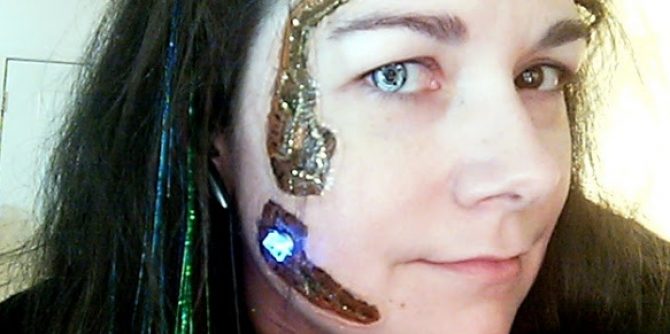“My first depressive episode was at 19,” said Brandy Ellis, a participant in the clinical research trial studying the safety and efficacy of Deep Brain Simulation (DBS) for patients with treatment-resistant depression at Emory University in Atlanta, GA. “I was sleeping 20 out of 24 hours a day. I was crying all the time. I went on an antidepressant and started therapy, and got better very quickly. A few years later, I relapsed, went on a different antidepressant, and got better. This repeated every few years, but for some reason the episode that led to the surgery would not respond. It was catastrophic, socially, emotionally, physically, financially, and every other way.”
Brandy reports that before her decision to engage in the trial study she found on ClinicalTrials.gov, her brain plotted to kill her. “I stopped wearing my seatbelt, or locking doors. This was the first time in my life that I had ever had any suicidal ideation,” she remembers. “It would pop in my head that everything would be better if I was dead. It became harder and harder to fight against those thoughts. My psychiatrists were constantly firing me for fear of liability, but my neuropsych never abandoned me.”
DBS appears to be a frightening, invasive surgery due to the fact that this entire surgery takes place while the patient remains conscious. Surgeons must drill two holes in the top of the skull to place electrodes into the Brodmann Area 25 of the subgenual cingulate in the frontal lobe. Wires are implanted underneath the scalp and connected to an extension wire above the right ear. The extension wire runs under the skin and connects to an Implantable Pulse Generator (IPG), very similar to a heart pacemaker battery that is implanted underneath the chest wall. Brandy was issued a remote control that does not allow her to change the stimulation settings that affect her brain, the remote was issued so that she could turn the stimulation back on if magnetic contact turns the machine off or if she has other health needs that require her to turn the machine off such as an ECG.
“I had been suffering for so long, that I just didn’t want to suffer any more. I was potentially going to die either way,” Brandy remembers. “My family wanted anything that could potentially help me. They were supporting me financially at that point, since I couldn’t work. They took care of everything, moving me to Atlanta, taking over my condo in Florida, and whatever else I needed. They knew I had tried everything else. They were concerned about the risks, but fully supported my decision, and I think they all believed that it would actually work.”
As a result of the surgery Brandy’s additional treatments of an antidepressant and therapy have actually made a significant impact on her life. “I can cope with life. I’ve made new friends, and dated someone,” Brandy says. “I am without constant anxiety for the first time in decades. I’ve been able to go on roller-coasters, and visit theme parks. Mostly, I have a new sense of perspective, very few things compare to having holes drilled in your brain. Now that I have persevered through the episode, and had the surgery, I get to build a new ‘me.’ I’m changing my behaviors beliefs, thoughts, and feelings. I am creating a new life based on what I value, because my goal has never been to return to the life I had before. I get the opportunity to implement all the tools from therapy that I have learned, with the hope that they will help me be more effective. Now that I have my implant, life is all possibilities.”
To reach out to Brandy for more information about this controversial treatment for depression and to learn more about the details of her experience please visit her profile on Google Plus.




Wow, that is amazing. What an incredible person to have gotten through all that.